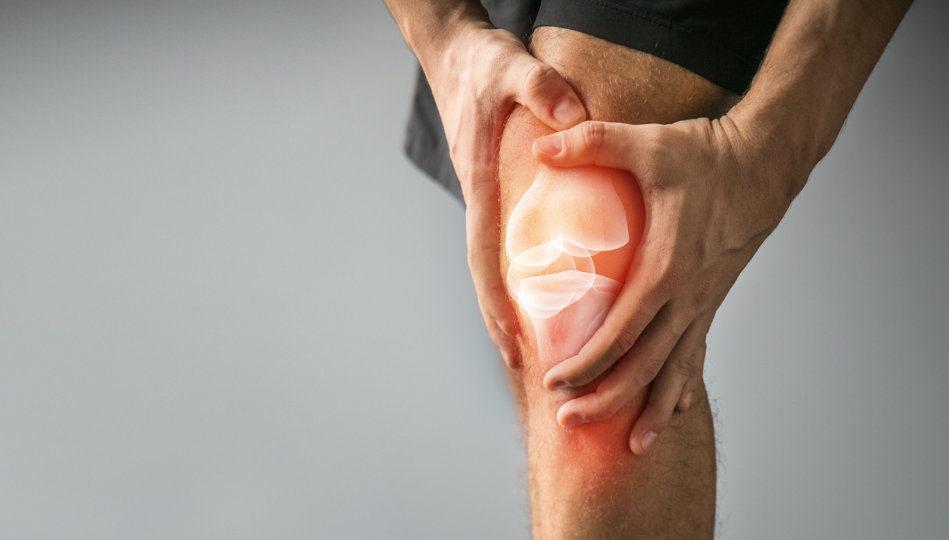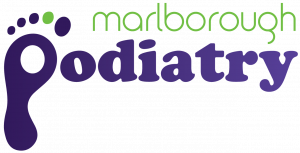How Exercise Helps Reduce Joint Pain
When you’ve got achy, painful joints, the thought of going for a walk or getting exercise may be the last thing on your mind. Surely you should be resting and taking any pressure off the joints… right? Surprisingly, that’s not what the evidence says. Exercise is shown to have many benefits that help reduce joint pain in most cases – including in joints affected by osteoarthritis. So how can exercise help reduce joint pain? Here are five ways.

1. Exercise Builds Strength
When you exercise and work the muscles, tendons and ligaments that surround a joint, they strengthen. Strong joints move and function more effectively, are less vulnerable to injury, and are less likely to take on unnatural and excessive forces that may cause pain, due to the protection and healthy action from the muscles and other tissues.
A common example is the ankle. When the ligaments, muscles or tendons surrounding the ankle joint weaken, the ankles are less stable and aren’t as well supported. This makes you more likely to experience an ankle sprain or joint pain, compared to ankles with strong, supportive and stabilising tissues surrounding it.
2. Exercise Helps Lubricate The Joints
Joints are surrounded by a soft tissue called the synovial membrane, which produces a fluid called synovial fluid. We think of it like the oil in an engine, helping your bones to move smoothly within a joint without rubbing against each other or causing pain. Physical activity encourages the circulation of the fluid, helping reduce joint pain and improving comfort.
3. Exercise Improves Circulation
When we exercise, our circulation throughout the whole body is boosted – including to our joints. This exposes our synovial membrane (above) to a steady supply of nutrients and oxygen so it can keep doing its job optimally, helping to reduce joint pain. Massaging around the joint can also help.
4. Exercise Amps Up Joint Repair
The articular cartilage that covers and protects the bone ends within joints has a limited capacity for self-repair. While research is still very much underway with this, promising results have shown that getting the joints moving activates genes associated with naturally rebuilding the cartilage, therefore helping reduce joint pain.
5. Exercise Removes Cellular Waste
Studies show that exercise prompts your cells to break down unwanted proteins and other cellular “junk” in order to help produce more energy. The process is called autophagy, where damaged cells are broken down and removed – like a form of cellular garbage disposal. This could also explain how exercise fends off metabolic disorders like diabetes and protects against other diseases.
What If I’ve Recently Sustained A Joint Injury?
If you have a new or recent injury that you haven’t had seen to yet, it’s important that you book in with your podiatrist to get it treated, and prevent it from getting worse while you exercise. This is done by understanding what has caused your pain, and working to address this so the problem doesn’t keep coming back.
Here at Marlborough Podiatry, we love helping our patients get back to pain-free living, so they can do the things they love without being held back by pain or discomfort. Book your appointment with our team in Redwoodtown by calling (03) 972 2927
